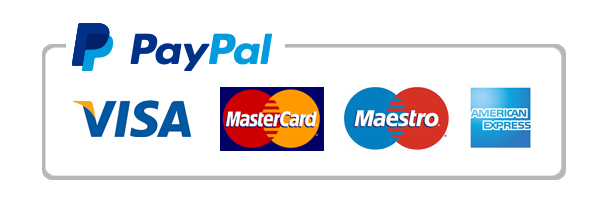Please upload a well written Thesis Statement and Introduction
QUESTION
Please upload a well written Thesis Statement and Introduction for your character review and comparison for Toni Cade Bambara’s “The Lesson”.
Writing Prompt:
Which character do you most identify with in the story? Why? Please give specific examples from the story.
Your Thesis Statement should contain the key words from the writing prompt and clearly identify the character that you will discuss and compare yourself to in “The Lesson”.
Sample Student Thesis Statements and Introductions
Sample # 1
In the short story “The Lesson” by Toni Cade Bambara, the audience is introduced to a specific setting in America. The characters in this short story reflect the ignorance of children as well as their perspective. I identify with one of the adults discussed in the story. Her name is Ms. Moore. She is a college graduate, and she uses her accomplishments to give back to the community. She dresses properly to serve as a role model for the children in her community. She is respected and plays a heavy role in guiding the neighborhood children to noticing how the world works. As someone who has made the best of her education, I believe that she helps others because she feels that other people deserve the same opportunities that she has received. Therefore, I relate to Ms. Moore because of the way she interacts with her community and because we both think about the world and how we affect others.-thesis statement
Sample # 2
Sugar and Sylvia are two of the main characters in Toni Cade Bambara’s “The Lesson”. They are mischievous young girls who like to get into trouble and have fun doing so. The relationship between the two girls reminds me of one of my friendship that I shared with someone who I attended college with last year. Like my friend and me, Sugar and Sylvia are very much child like with some of their antics, but they both have a level of intelligence and awareness that demonstrate their maturity in certain situations. At the end of the story, however, the fork in the road that Sugar and Sylvia take is the clearest sign to me that I am very much like Sugar. Therefore, the character that I most identify with in “The Lesson” is Sugar. -thesis statement

